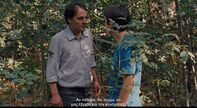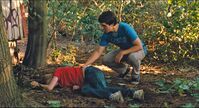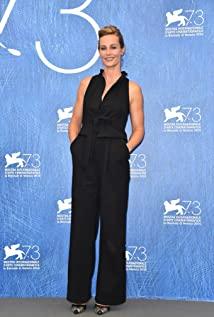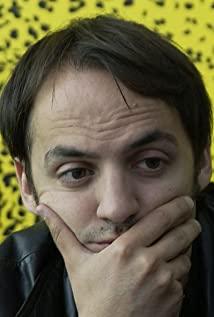What does cycling mean to teenagers? For Renato of Sicily, it is flying fast, and it is the capital of the gang. For Agui, a young postman, it is a partner at work and a tool for earning a living. For Beijing boy Xiaojian, it is the pride of playing cool, and the face of showing off skills. For the Italian child Bruno, it is the father's job and the capital for the family to survive. In the movie "The Boy Cycling Boy", the relationship between the bicycle and the boy is like a person and his shadow, intertwined with each other and share weal and woe.
Around the bicycle, the little protagonist Cyril and the big boy had several fierce physical conflicts. With the deepening of the plot, the audience soon discovered that his love and defense of bicycles did not just stem from the young people’s playfulness. nature. The bicycle was originally placed in the residence of his father. When the father disappeared and the bicycle appeared, it became an effective clue to the fate of the father and son. Whoever robbed his bicycle was equivalent to taking the father away from him. So he insisted that the car had been stolen, and it was impossible for his father to sell it. At this time, the bicycle is a symbol of paternal love and commitment, and it contributes to its escape from reality. Until he stepped on his bicycle over the wall and saw his father again, the latter threw his money back like a hot potato. This time he jumped over the bicycle and jumped directly off the wall. The boy gave up his heart completely, and the bicycle was also told as a bond between father and son. Broken, on the way home, there is a long shot of the small protagonist exerting force and stepping on the bicycle, which is not only an emotional catharsis, but also a return of true love. After returning, he told Samantha that he wanted to live with her. . In the end of an outing, the center of gravity was still cycling, and a change of speed on the comparison of the speed, the teenager completed his own quiet growth in an awkward and awkward posture.
If you think of a cyclist as a side-by-side structure, "cycling" and "younger" can be regarded as the two main points of the film, "cycling" refers directly to the theme, and "younger" is the perspective of contrast. What is the difference between the thinking of teenagers and adults? In the movie "Little Shoes", the teenager Ali lost his sister's shoes. Because the third place prize in the long-distance race was a pair of shoes, he tried every means to participate, and he wanted to take third place. As a result, the difference between the poor and the poor took the first place, and I was so sad that I shed tears. The value of the first prize may be worth several pairs of shoes, but this kind of interchangeability belongs to the adult's mindset, and he only wants to win a pair of real shoes for his sister, which is a typical teenager's mind.
Cyril appeared as a troubled teenager. His aggressive personality is precisely the annotation of rebellious and precociousness. However, the film did not enter the adult narrative because of this, and its foothold remained in the mind of the teenager. There are several points about the handling of money that can explain the problem. In the beginning, Samantha gave Cyril to buy bread, and the latter didn’t count the rest of the change. Here, Samantha’s arithmetic test is used. Prompt to explain it, combined with the whole film, this kind of treatment is obviously meaningful. In other words, money is only a numerical concept for him, and it does not involve the association of interests such as desire crime. Then, on the night when he was about to escape to help the little bastard Weiss rob, the film still gave a set of comparisons for him to choose. Muhad, who watched the movie, highlighted the contrast of his family background. Obviously, the former made the little protagonist suffer from the same illness. Therefore, the robbery carried out by Cyril is based on identity recognition, emotional recognition, complete willingness, and no remuneration. And the young drug dealer Weiss wants to use money to separate the boundaries for fear of harming himself, but it is a complete balance of interests. Later, Cyril wanted to transfer the large amount of money to his father. The boy wanted to pay off his debts and return home for reunion, while the adults wanted the stolen money to be implicated in jail. It is this contrast that has intensified the collision between the two worlds of teenagers and adults, making the film still surging beyond the simplicity and simplicity of the objective presentation.
The most commendable thing is the end. When the adults are utilitarily considering advancing and retreating for the accident and weighing the pros and cons, the young man dissolves the contradictions in an innocent posture. He stands up in a daze, swaying. Go away, leaving only a stubborn and indifferent back of an adult and the audience. In the face of the simple ignorance of the young, the scheming and calculations of the adults appear to be at a loss and ridiculous. It’s a magical touch. Compared with the hand-held follow-up and the rare sensational soundtrack used by the Dane brothers, such a hand-knife, the abruptly stopped juvenile perspective is undoubtedly more worthy of relish. It directly makes the film soar into the air. It is also the fundamental difference between this film and the general "youth cruel" movies.
View more about The Kid with a Bike reviews











